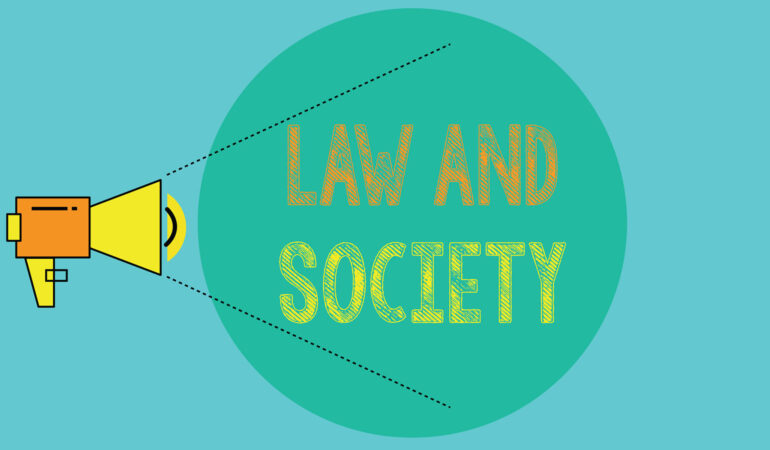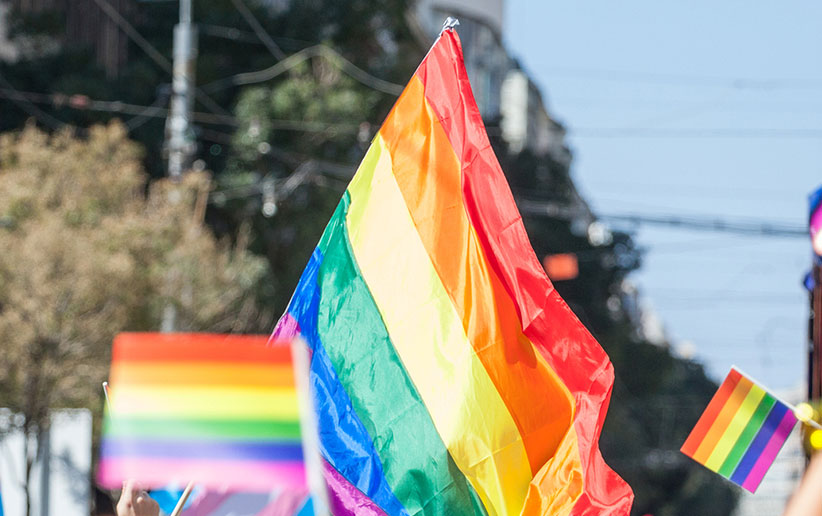There are many evidentiary standards that have different roles and requirements in our legal system. The one with which practitioners are most familiar is, of course, the one associated both with duty to warn requirements and mandatory reports of child abuse or neglect: a reasonable belief of imminent harm/ reasonable belief that child abuse has occurred. But what does a “reasonable belief” really mean? Courts have traditionally been very elusive in providing exact definitions of many common legal standards. This article aims to help pin down the meaning of reasonable belief by placing it in context of other evidentiary standards used by the legal system.
The highest evidentiary standard is beyond a reasonable doubt—which does not correlate to any precise percentage for what level of surety “beyond a reasonable doubt” actually is—if you are 99% convinced of a defendant’s guilt but 1% uncertain, is that a reasonable doubt? What about 90% sure, 10% uncertain? There is no valid legal answer. A commonly given jury instruction in the Federal Court system states that “proof beyond a reasonable doubt is proof that leaves you firmly convinced the defendant is guilty. It is not required that the government prove guilt beyond all possible doubt . . . A reasonable doubt is a doubt based upon reason and common sense and is not based purely on speculation. It may arise from a careful and impartial consideration of all the evidence, or from lack of evidence” (Model Federal Jury Instructions). As the highest standard of evidence, this standard is only used for cases where a defendant is facing criminal charges. A jury must unanimously decide that evidence presented them shows guilt beyond a reasonable doubt before a conviction can occur.
The second highest evidentiary standard in the American legal system is clear and convincing evidence used in certain types of civil cases. Again, we don’t have a precise or exact definition, although the Supreme Court has defined clear and convincing as “evidence [that] is highly and substantially more likely to be true than untrue” (Colorado v. New Mexico, 467 U.S. 310, 1984). In many states, a judge must decide that there is clear and convincing evidence that a parent is unwilling or unable to safely and properly care for their children and is unable to be rehabilitated before permanently depriving parents of the custody of their child against the parent’s wishes.
Less than clear and convincing is a preponderance of the evidence, which is one of the only standards that can be reduced to a mathematical percentage and is the most common standard of evidence for civil cases. Preponderance of the evidence means “more likely than not,” or evidence that tips the scales. If you are 51% certain that a car driver was acting negligently to cause an accident, you would say that there is a preponderance of evidence, and vote to award the victim of the accident monetary compensation.
Probable cause is more of an imperfectly defined standard of evidence and is meant to be fluid to a situation at hand.
Below this is probable cause, which is used not to decide fault or judgment but to determine if there is even enough evidence to bring a case into court. Probable cause is required for police to make an arrest or for a judge to issue a search warrant. Probable cause is more of an imperfectly defined standard of evidence and is meant to be fluid to a situation at hand. The Supreme Court has described it as a “practical, non-technical” standard which invites “factual and practical considerations of everyday life on which reasonable and prudent men […] act”(Illinois v. Gates, 462 U.S. 213, 232, 1983). I once had a law professor who described it as “a story that an officer can tell which is articulable, logical, and demonstrates some belief that a crime has occurred.” As a magistrate, I would tell arrestees to whom I issued warrants that it was “not following a determination of guilt or innocence, but merely the paperwork issued following enough evidence of a crime taking place to justify bringing all parties into court to examine further evidence.” Failing to scan multiple, or sometimes even just a single, items at the self-checkout is often enough to trigger probable cause; perhaps you were on the phone, or your child distracted you, or any number of explanations could be provided for innocence. But it is not on the store or officer to produce hypotheses of innocence, but rather to bring it before a court for both sides to present and prepare evidence to allow a court to decide.

Below even the evidence needed for probable cause are standards for “the Reasonables.” You are probably familiar with these due to your jurisdiction’s mandatory reporting requirements, which can call for “reasonable articulable suspicion” or “reasonable cause to believe” that child abuse has occurred or a “reasonable belief of imminent harm” before duty to warn triggers. Different states have different standards, and you should be aware of yours, as well as your local definition of child abuse and what type of harm must be imminent. These are similar, but not precisely the same levels of proof, and like probable cause or beyond a reasonable doubt, the Reasonables are slippery, unexact things, although we know they are less than probable cause. The defining example of having met “reasonable suspicion” in the criminal sphere is an officer watching two individuals walking past the same storefront over and over, each peering inside before conferring with each other at the end of a block. It does not demonstrate evidence of a crime—walking on the sidewalk and looking into store windows is not usually against any written law. But it gives an officer “reasonable suspicion” that crime may be underfoot, and the officer can approach and detain the suspects for further investigation. A child reporting that inappropriate touching has occurred or an elderly and protected adult telling you he has sent thousands of dollars in what you recognize as a love scam are grounds for a reasonable cause to believe that abuse has occurred. What’s more, most states will provide for immunity from criminal and civil liability for mandatory reporters who have made a report based on reasonable suspicion, though some states require the report to have been made “in good faith.”
It can be hard to know when your duty to break confidentiality is triggered, and this isn’t helped by the court’s frequent reluctance to assign precise definitions to evidentiary terms. But these standards are a continuum, and by assigning your jurisdiction’s local standard to its proper place on the continuum, it may help frame your context of understanding this standard.
Members with further questions on mandatory reporting and legal consequences or liabilities for practitioners can always book an ethics consultation on AAMFTs website or email Ethics@aamft.org
Other articles
One Size Doesn’t Always Fit All
I love my “one size fits all” accessories! Especially my oh, so very comfortable leggings, a staple of my virtual therapy wardrobe! This issue of the Family Therapy magazine (FTM) delves into a topic that may not be so comfortable for many, whether you’re a Black therapist who has experienced your own racial trauma in dealing with your clients, a White therapist who may struggle with or weigh your privilege and implicit or unconscious bias in dealing with your clients, or a therapist from another racial or ethnic group who has also suffered racial trauma and struggles to both relate and yet respect the obvious differences that exist with Black clients/families.
Silvia Kaminsky, MSEd
Creating Systemic Change Through a Social Justice Lens: Steps to Make Impactful Changes
Social justice is an evolving topic in marriage and family therapy (MFT) as the profession seeks to create this outcome in their clients’ lives and the systems in which they work. Many feel that creating systemic change is our work’s goal and responsibility.
M. Evan Thomas, PhD & Lauren Pittman, MMFT
On the Horizons: Barriers and Trends in the Development of Systemic Family Therapy in Africa
Systemic family therapists (SFTs), usually called marriage and family therapists (MFTs) in North America, are trained to conceptualize individual, couple, and family distress within the broader relational and diverse intersectional contexts in which people live.
Ronald Asiimwe, MS & Elmien Lesch, PhD



